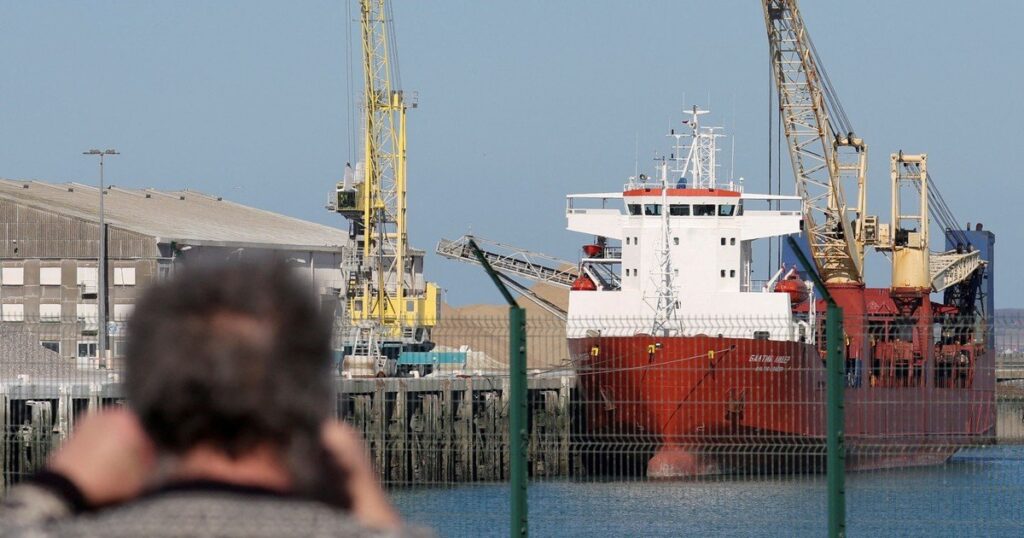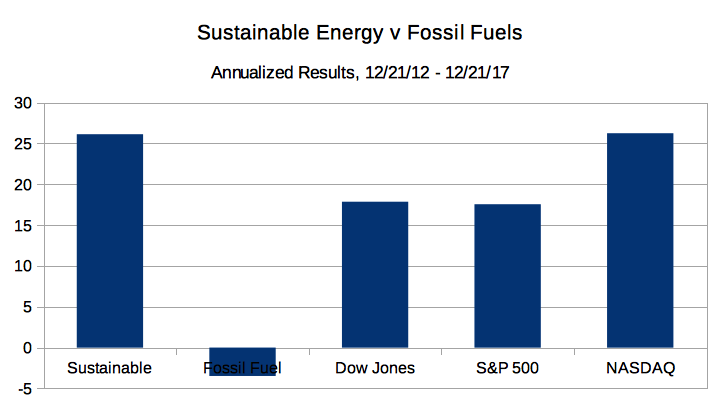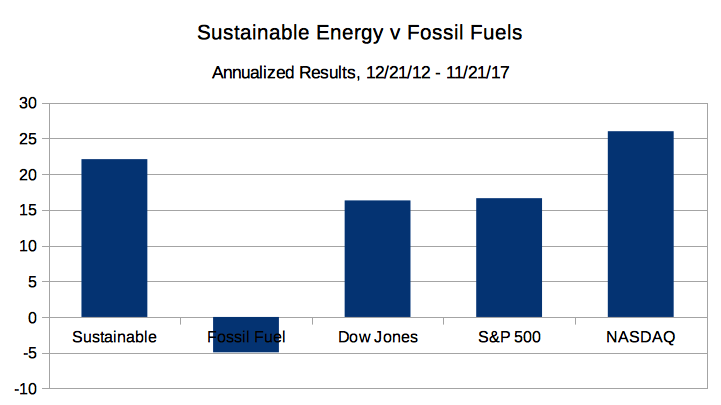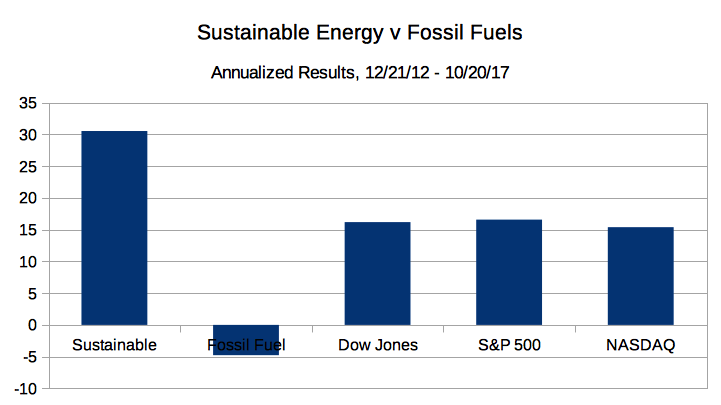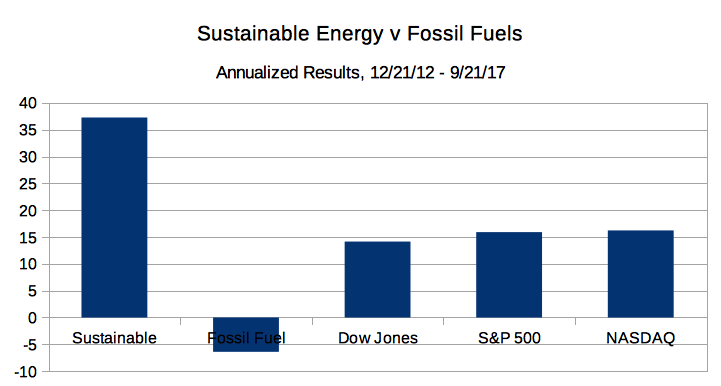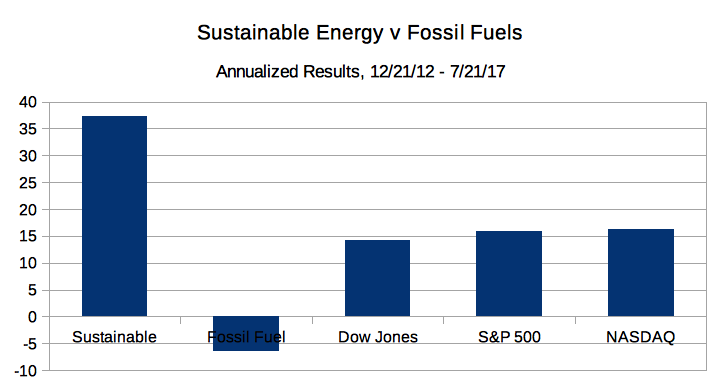
“You can’t work for a killer and get paid by him,” Elena Kovalskaya, who runs the Meyerhold Center theater, said on Facebook, and resigned.
The theater — named after late Russian playwright Vsevolod Meyerhold — also spoke out on Facebook, saying that Russia’s relentless aggression in Ukraine has “now come into tragic conflict with our mission…. We cannot be silent about this. We only have this left to say: ‘No to war,'” the performing arts venue said in the social media post. “War is much more than disrespect for a person, and much more horrifying. War is the death of a person, it is the killing of people.” The theater also thanked Kovalskaya for her “courage.”
Prominent Russians shocked by the invasion of Ukraine have gone public with their opposition to the war, despite the professional and personal risks that come with dissent on such a sensitive issue in Russia.
More than 1,800 people were arrested at rallies across Russia on Thursday night as prominent Russians from the worlds of entertainment, business and journalism have risked their livelihoods in order to speak out.

Elena Chernenko, the veteran diplomatic correspondent for newspaper, Kommersant, wrote. “War has never been and will never be a method of conflict resolution and there are no excuses for it,” she wrote. Nearly 300 journalists have signed, including representatives of state-run media. In retaliation, she has been expelled from the diplomatic pool, which she has covered for more than 11 years, for “unprofessionalism”.

